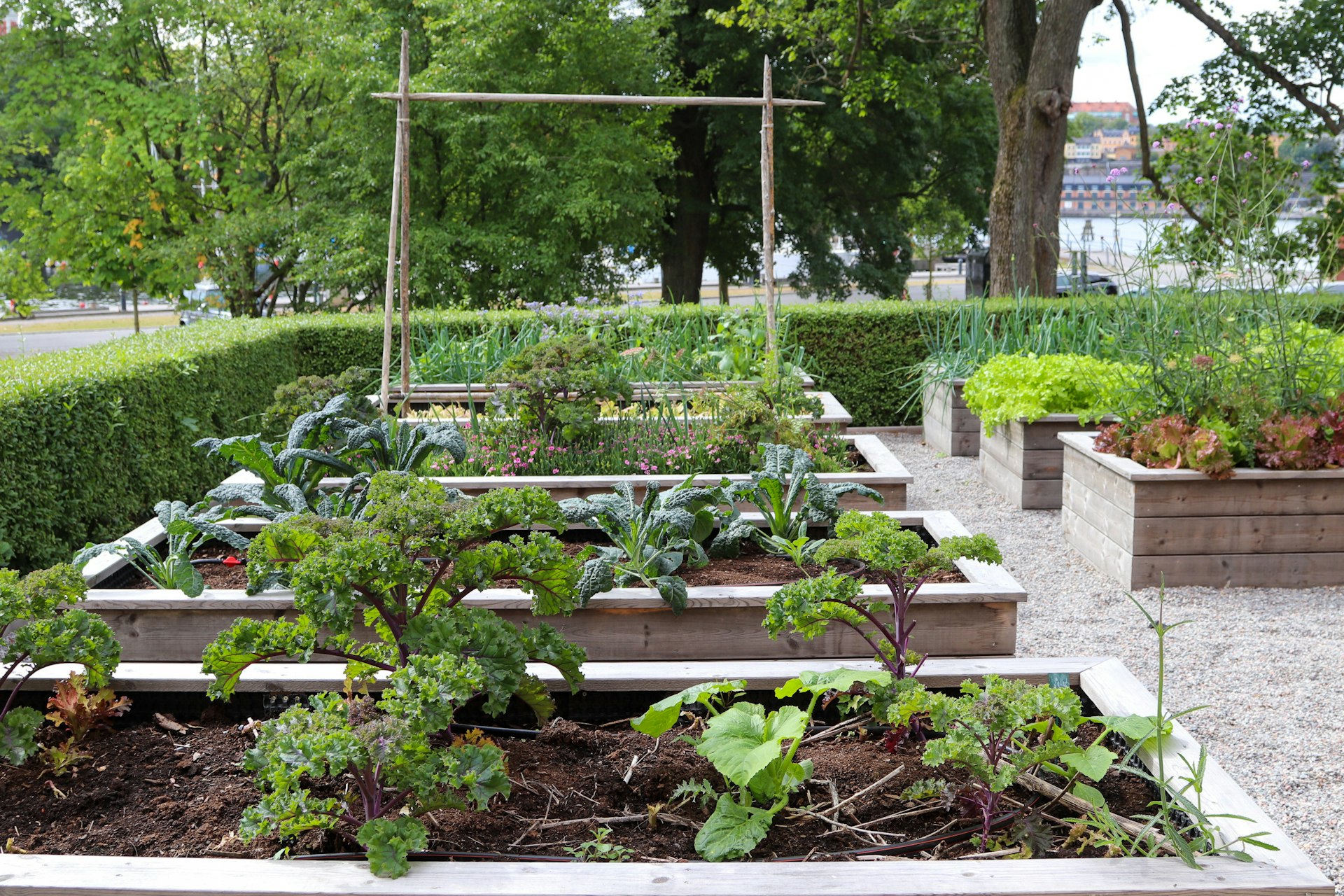Unlocking Wellness: The Proven Health Benefits of Forest Bathing Practices

Photo by Tadeusz Lakota on Unsplash
Introduction: Embracing Nature for Health
Forest bathing, also known as Shinrin-yoku , is a practice that originated in Japan and involves immersing oneself in a forest environment to enhance overall wellbeing. Unlike hiking or exercise-focused outdoor activities, forest bathing is about slow, mindful engagement with nature, using all the senses to foster relaxation and healing. With a growing body of scientific evidence, forest bathing is increasingly recognized as a valuable, non-pharmacological approach to promoting physical and mental health [1] .
Section 1: Evidence-Based Physical Health Benefits
Multiple studies confirm that forest bathing can lead to measurable improvements in physical health. Key benefits include:
- Lower Blood Pressure: Controlled research has shown participants experience significant reductions in both systolic and diastolic blood pressure after forest bathing sessions, indicating improved cardiovascular health [4] .
- Boosted Immune Function: Forest environments increase natural killer (NK) cell activity, vital for immune defense and cancer prevention. Notably, levels of intracellular anti-cancer proteins such as GRN, GrA, GrB, and perforin rose dramatically-by up to 48%-and these enhancements persisted for weeks after exposure [2] .
- Improved Sleep Quality: Exposure to forest air and environments can help regulate sleep cycles, leading to deeper, more restorative sleep patterns [1] .
- Oxygenation Benefits: Forests contain higher oxygen levels than urban settings. Breathing forest air supports better oxygenation of the blood, potentially benefiting brain function and overall vitality [3] .
Practical Steps: To maximize these physical benefits, consider planning regular visits to local parks or nature reserves. If forested areas are not nearby, seek green spaces with abundant trees and minimal urban noise. Spend at least 2-3 hours per session, moving slowly and focusing on sensory engagement rather than exercise intensity.
Section 2: Psychological and Emotional Wellbeing
Forest bathing is equally celebrated for its mental health benefits. Research consistently demonstrates:
- Reduced Stress and Anxiety: Participants show marked decreases in cortisol (the stress hormone) after forest immersion, with effects lasting for days [3] .
- Alleviation of Depression: Those with depressive tendencies experience significant improvements in mood and reductions in negative emotions after a single day-long forest bathing session. Importantly, these gains are often greater for individuals starting with higher levels of distress [4] .
- Enhanced Attention and Focus: The gentle, multi-sensory engagement of forest bathing draws attention outward, reducing rumination and supporting cognitive clarity [5] .
Implementation Guidance: Forest bathing requires an intentional shift from goal-oriented activity to mindful presence. Begin with slow walks, focusing on the color, texture, sound, and scent of your surroundings. Practice deep breathing and notice how your mind and body respond. If you face barriers such as limited mobility or lack of nearby forests, look for virtual nature experiences or guided audio sessions from established wellness providers.
Section 3: Mechanisms and Science Behind Forest Bathing
The health benefits of forest bathing are thought to arise from several interconnected mechanisms:
- Volatile Organic Compounds: Trees release phytoncides-natural airborne chemicals-which have been shown to enhance immune function and reduce inflammation in humans [1] .
- Environmental Factors: The composition of tree species, season, and duration of exposure all influence the magnitude of physical and psychological benefits. For example, coniferous forests may offer different effects compared to broadleaf forests due to their unique chemical profiles [1] .
- Social and Emotional Connection: Group forest bathing sessions can foster feelings of compassion and nature connection, further amplifying wellbeing outcomes [5] .
Case Study: A UK-based study on Forest Bathing+ found improvements in heart rate variability, mood disturbance, and nature connection, with 57% of participants showing measurable physiological gains [5] . These results support forest bathing as a feasible intervention for healthcare providers seeking non-drug alternatives for stress and mood management.
Section 4: How to Access Forest Bathing Services and Resources
Forest bathing can be practiced independently or with guidance from trained facilitators. Here’s how you can begin:
- Self-Guided Practice: Identify local wooded areas, parks, or nature reserves. Schedule regular, unhurried visits during daylight hours. Use mindfulness techniques to deepen your sensory awareness.
-
Guided Sessions:
Many wellness organizations and certified practitioners offer structured forest bathing experiences. To find legitimate guides, search for organizations such as the
Association of Nature and Forest Therapy Guides and Programs
. Always verify practitioner credentials and reviews before booking a session. - Social Prescribing: In some regions, healthcare providers may recommend forest bathing as part of a social prescription for mental health. Ask your primary care provider or local wellness clinics about nature-based therapy options. If not available, request information on recognized alternative therapies.
- Virtual and Urban Alternatives: If you cannot access a forest, supplement your experience with nature sound recordings, indoor plants, or virtual nature walks provided by reputable wellness apps and platforms.
Additional Guidance: To explore research or locate certified guides, visit the official websites of academic or therapeutic organizations. When searching online, use terms like “forest bathing therapy programs,” “nature and forest therapy association,” or “forest bathing research.” For up-to-date information, consult healthcare provider directories or ask local parks and recreation departments about organized outings.
Section 5: Common Challenges and Alternative Approaches
While forest bathing is widely accessible, some individuals may face barriers such as limited mobility, urban living, or lack of nearby forests. Solutions include:
- Urban Forests and Green Spaces: Studies show that even small urban parks with dense tree cover can offer many of the same benefits as remote forests.
- Mindfulness vs. Forest Bathing: While related, forest bathing is more accessible for those who struggle with traditional mindfulness practices. It encourages outward attentional focus and gentle engagement, making it suitable for diverse populations, including those with mental health challenges [5] .
- Virtual Nature Exposure: Technology now allows for immersive nature experiences through high-quality audio and video recordings. These alternatives may be valuable for individuals with physical limitations or during inclement weather.
Key Takeaway: Whether practiced solo, with a guide, or through virtual means, forest bathing offers a flexible pathway to improved health and wellbeing. Adapt your approach based on your needs and environment.
Conclusion: Harnessing the Power of Forest Bathing
Forest bathing is a science-backed, actionable practice for enhancing physical and mental health. By lowering blood pressure, boosting immunity, alleviating stress and depression, and fostering nature connection, it serves as a powerful tool for preventative wellness. Begin by seeking accessible green spaces, using mindfulness techniques, and exploring reputable guides or programs. For those with limited access, urban parks and virtual nature experiences provide viable alternatives. Always consult with qualified practitioners or trusted organizations for further guidance and support.

Photo by Gabrielle Triquet on Unsplash
References
- [1] Chen, H. (2025). Is forest bathing a panacea for mental health problems?. Frontiers in Public Health.
- [2] Li, Q. (2022). Effects of forest environment (Shinrin-yoku/Forest bathing) on health promotion among adults. NIH/NLM PMC.
- [3] Cleveland Clinic (2023). Forest Bathing: What It Is and Its Potential Benefits.
- [4] Furuyashiki, A. et al. (2019). A comparative study of the physiological and psychological effects of forest bathing. NIH/NLM PMC.
- [5] The Forest Bathing Institute (2023). Scientific Research.
MORE FROM cheerdeal.com













